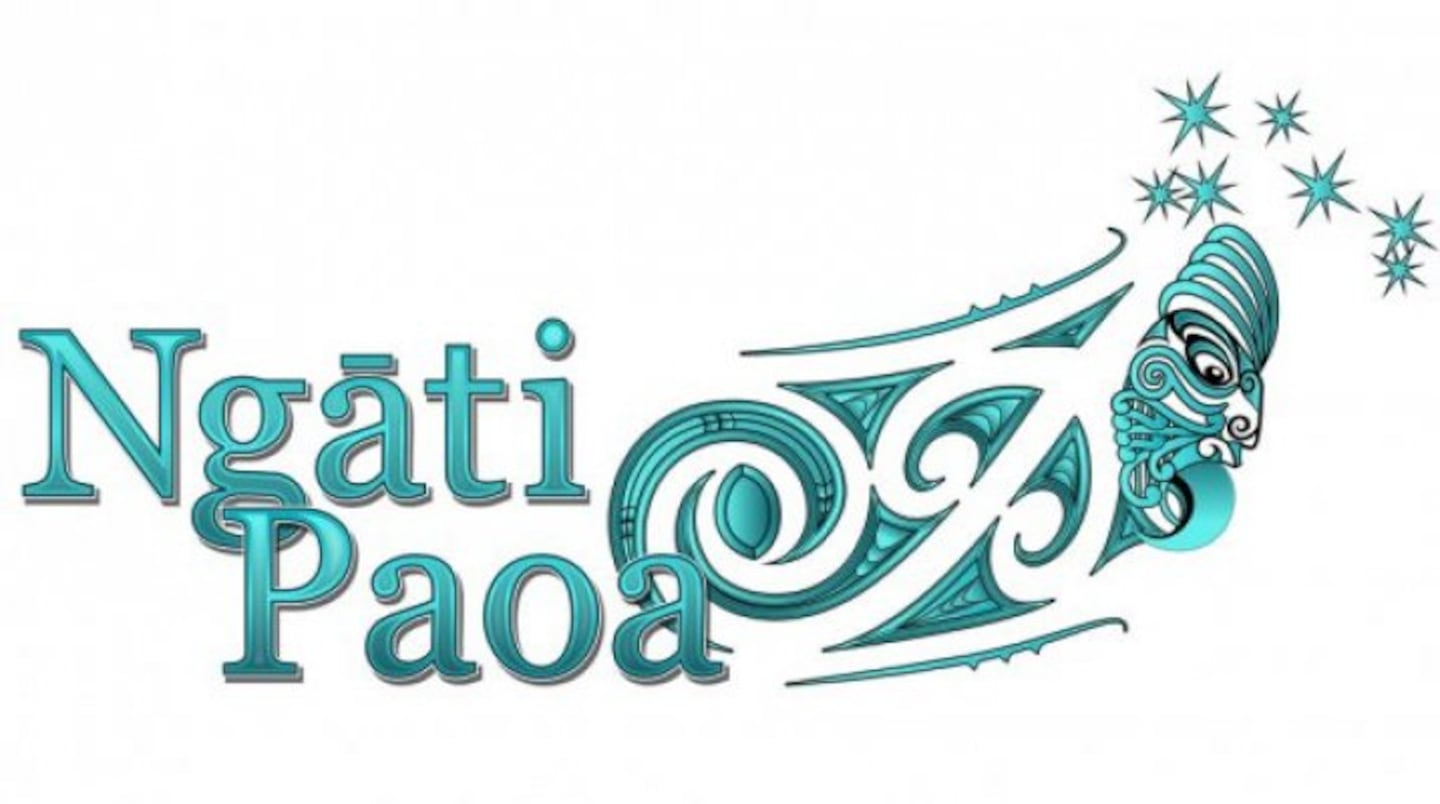Ngāti Paoa Iwi Trust has been granted permission under section 52 of the Biosecurity Act to initiate a vital project that will remove unwanted organisms Caulerpa brachypus and Caulerpa parvifolia from the coastlines and sea zones around Waiheke Island. The trust will use suction dredging to safeguard the local marine environment and biodiversity.
“So that’s lots of mahi, lots of work to be done. But, essentially for the iwi, it means being the conduit for early action,” Pourāhui project manager Blair Anderson says. “We saw that in other rohe that had incursions of the exotic Caulerpa, they had to wait some years before the Crown decided that action was appropriate. And through the community action taken here on Waiheke, we’ve identified the incursion very early. So, Ngāti Paoa is insisting that we want to work towards elimination.
“This will allow Ngāti Paoa to safely and effectively remove the invasive Caulerpa species, preventing their further spread.”
“The call was made very early by the Ngāti Paoa iwi trust, which is our post-settlement representation, to lead from the front, therefore provide strong and responsive leadership, and also by providing a strong set of communications with our uri as well as with our wider communities,” Anderson says.
To ensure the success of this project, several conditions must be met, including the careful containment and transport of Caulerpa, as well as regular monitoring and decontamination procedures.
Thick, dense mats suffocate marine life
“You look at it like kukuia grass. So, it grows on your lawn, and it grows on stolons [creeping horizontal plant stems]. The stolons grow outwards and then the fronds come up out of the stolons. So, what it therefore does to our taonga species, if you think of tipa (scallops), you think of habitat for our kōura (crayfish), our kuku (mussels), even on rocks it grows. And it grows and forms thick, dense mats, which suffocate and kill any other living organism beneath it,” Anderson said.
Ngāti Paoa wants to protect Tīkapa Moana o Hauraki (the Hauraki Gulf) and the moana surrounding Waiheke Island, and this permission is a significant step toward achieving that goal.
“We have a part to play, we’re a part of the puzzle and, if we can be that piece that our other iwi, our whanaunga from Tikapa can learn and leverage off, then that’s the way we want to be. Through my core role as the project manager for Pourāhui, we’re already working together with the likes of Ngati Hei, Tama te Rā and Ngai Tai, to work around the issues surrounding us on Tīkapa Moana o Hauraki .”



